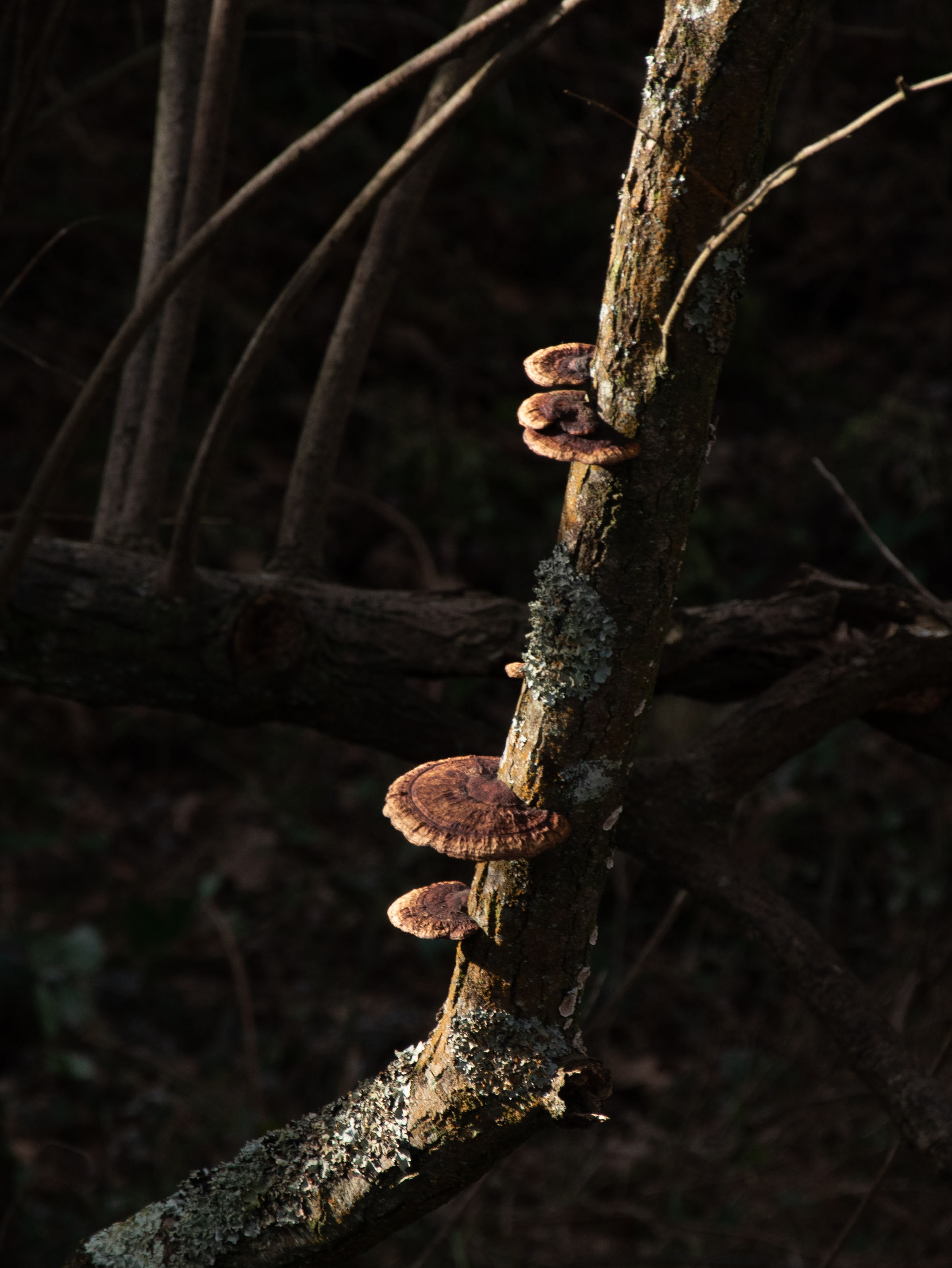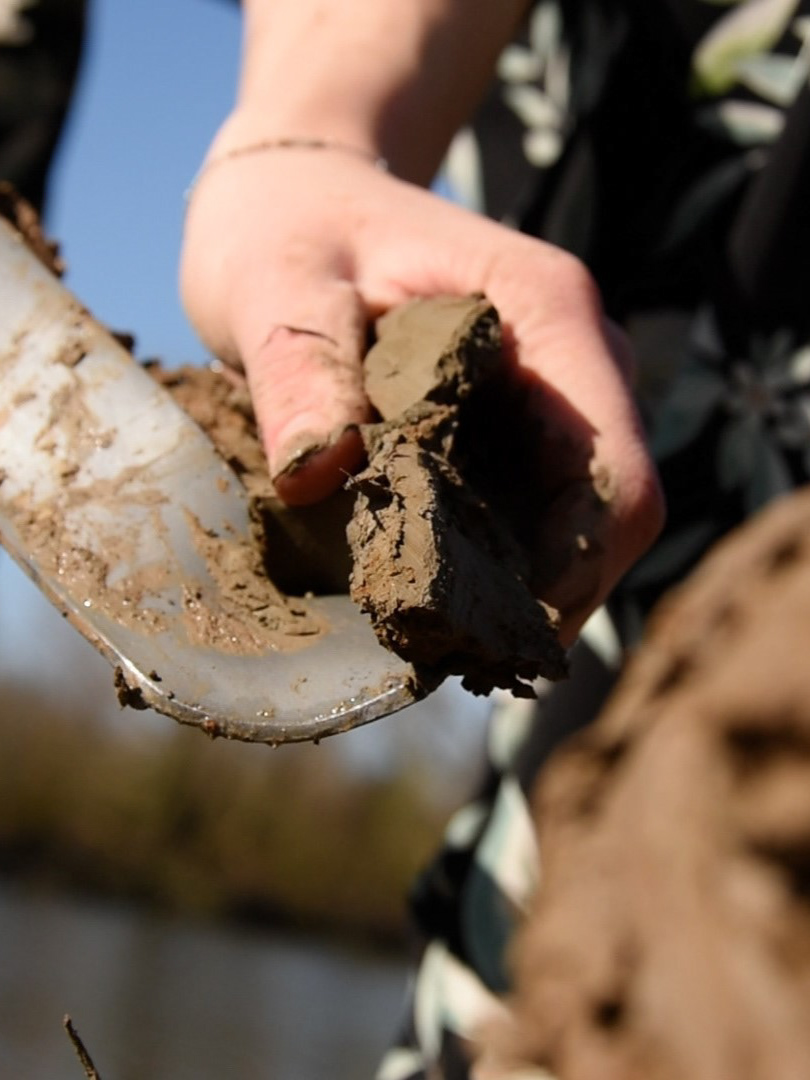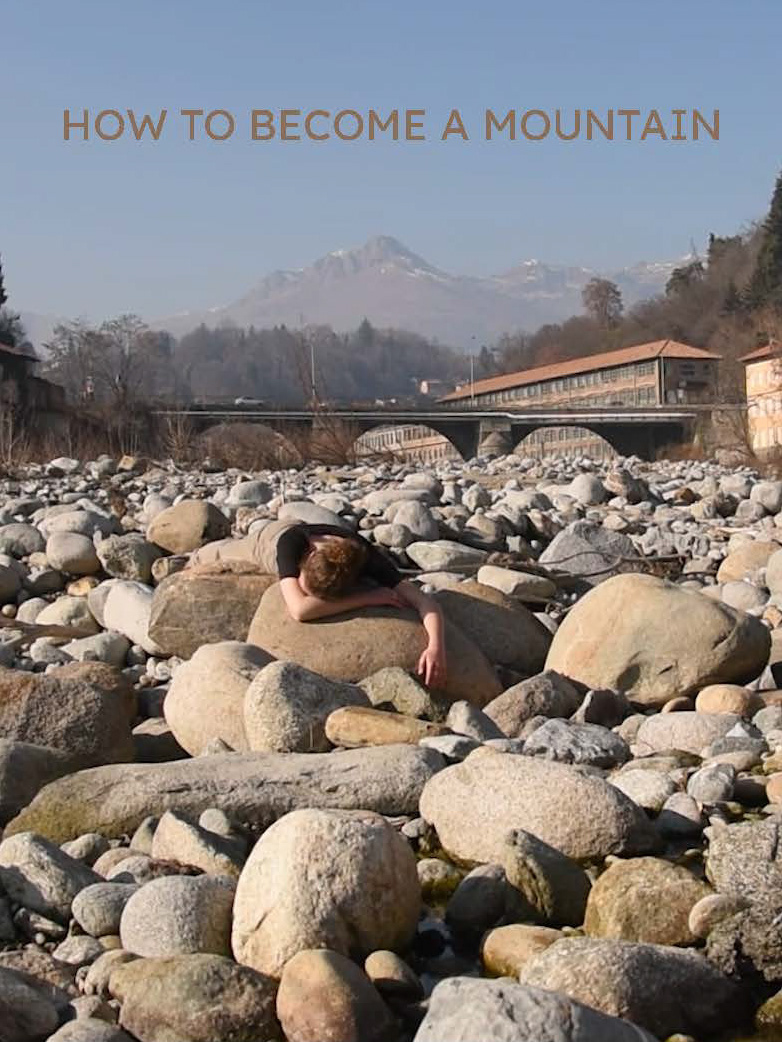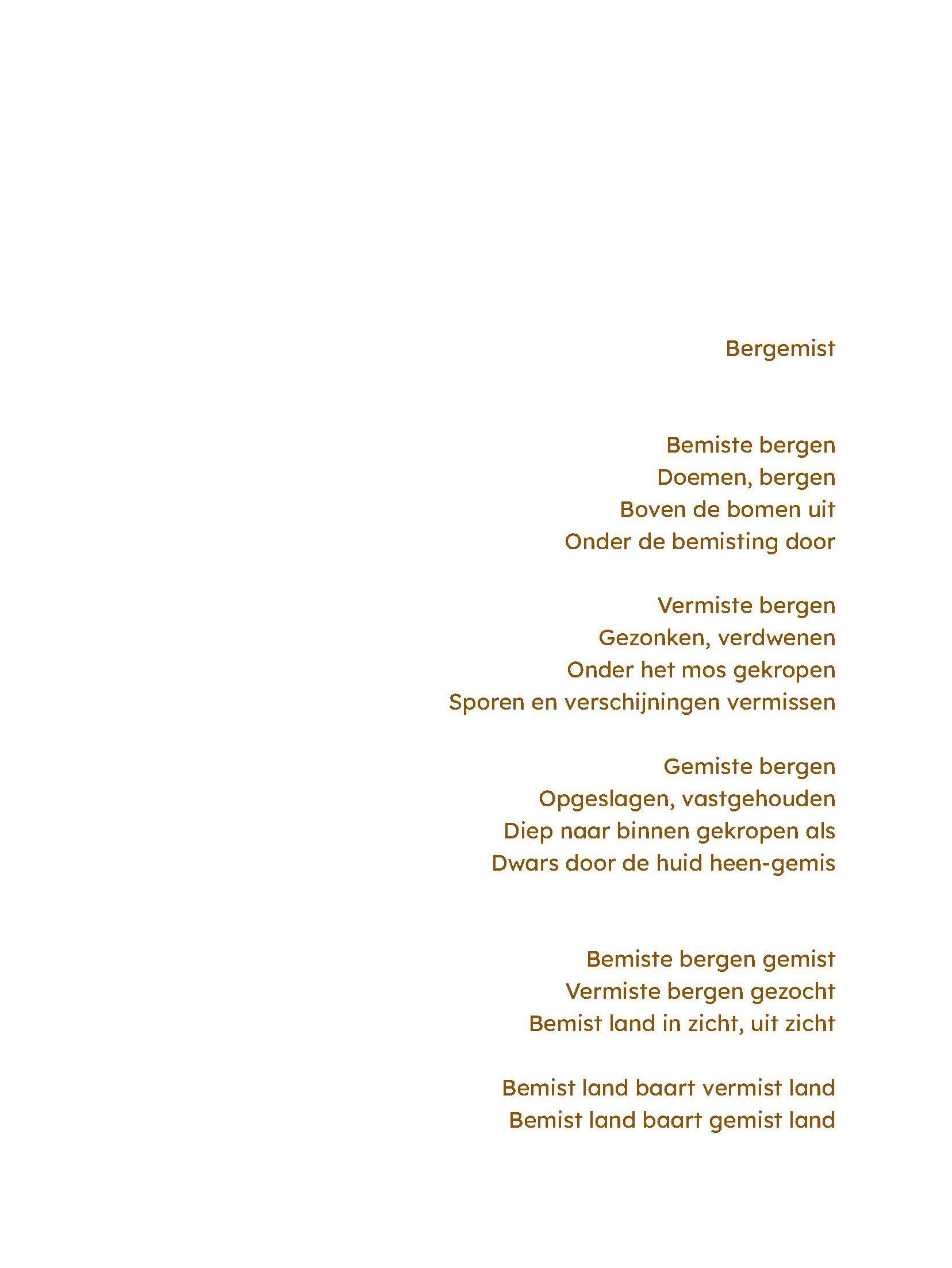Carmen Molenaar
15 January 2021
On how to study the astonishing world of plants
Are plants intelligent creatures? Is there something as plant cognition? Does a plant have the ability to imagine? These questions about the miraculous world of plants are emerging more and more. Questioning animal cognition already started in the end of the nineteenth century - the breakthrough of research in this field arose in the 1960’s - but only more recently similar shifts have been happening in the field of botany; in studying flora. In order to approach these exciting questions, we must be aware of our current ways of studying, and their issues. What qualities are necessary in studying flora - concerning our attitude, perspective and focus - in order to create an open space for new discoveries and insights? In this essay I will firstly describe our current, anthropocentric view of the world and why it is of great importance to change this attitude when doing research. Secondly, I illustrate the value of taking on the plants perspective, in order to gain a different of view, opening up possibilities. Thirdly, I explain the need for creating space for creativity and imagination when studying the vegetal world, generating open-mindedness. And lastly, I point out the advantages of interdisciplinary study in researching flora, for a wider and more critical vision. In this essay I will build on the inspiring writings of Rosi Braidotti in her book The Posthuman (2013). In this book she proposes new ways of studying, living and thinking, builds on precedent thoughts and whilst doing so, creating an open space for change and creativity.
To illustrate the importance of changing our ways of studying flora, I want to start this essay with the explanation of, what I believe, is the very structure of the world we live in. We humans are only one of many species inhabiting this planet, together with all its abiotic factors; we are not alone. All those present are - direct and indirect - connected; affecting and effecting each other - a New Materialistic concept. All these factors and their complex interconnectedness cause an endless number of, how Tsing calls them, polyphonic assemblages. To show their complexity, she comes with the example of shipping timber from America to Japan around 1910; it caused the pine wilt nematode to move from America to Nagasaki, using the pine sawyer beetle to spread itself in the forests, causing damage to a lot of pines and therefore causing the number of the matsutake mushroom to decrease.[1] Philosophers Deleuze and Guattari would describe our world and its ways of flowing, as rhizomatic.[2] Nothing is static: everything is always in a state of becoming, moving within a monistic web, generated by a universal and shared force. Where Spinoza refers to this force as God[3], I would preferably use Braidotti’s name for this phenomenon: Zoe. Zoe is a vital, dynamic, never-ending and self-organizing force, actuating all species, factors, domains; all that is, or rather, becoming.[4] Knowing this, it is easy to see why it is problematic that we, notably in the Western world, have effectuated an anthropocentric attitude towards the world; we seem to have entitled ourselves to do whatever we please in and with our environment. As if we are superior to all others and while we undertake actions, we tend to only focus on what they will bring us, not what effects they might have on our surroundings, take for example Ecosystem Services.[5] As Tsing puts it beautifully: “Their voices silent, we imagine well-being without them. We trample over them for our advancement; we forget that collaborative survival requires cross-species coordinations.”[6] Focussing on the vegetal world, this resulted, and still does, in the domestication of almost all species – grain and corn being the most popular kind - , exterminating species - almost 600 species have gone extinct in the last 250 years, of which mostly seed plants[7] - and manipulating plants - take the artwork Tree of 40 fruit of Sam van Aken (2008-present) as an example, in which he grafted forty different types of fruit trees into one, repeatedly, magnifying our ways of shaping the vegetal world. We seem to be stuck in our anthropocentric attitude, also while doing research of flora. How can we unchain ourselves from this mindset? What tools or approaches can help us evolve and expand our ways of studying plants?
A good place to start is our focus. Our point of view, our perspective. Of course we are only humans and therefore limited to the human perspective. Everything we do, everything we study, will always be influenced by our point of view. You can even question how objective research can possibly be. We should not deny the subjectivity of our research, but instead creating awareness of it, according to Braidotti.[8] However, in order to gain a better understanding of our green neighbours, it might be helpful to try to broaden our perspective. In 1934, biologist Jakob von Uexküll attempted to describe the world from the point of view of a tick. He tried navigating through the world using the ticks senses.[9] The same approach could be used studying plants; can I envision what the world is like for plants by navigating the way they do? Plants navigate through the world using their sensitivity and need for light, growing towards it, showing a form of awareness of their surroundings. The same goes for their roots; they are in a search for water and nutrition, and even more than that; interaction. Tsing writes about the vitally important relationship between pine trees and the matsutake mushroom. Using this example, Tsing pleads for a focus on assemblages instead of one individual or species. This way we could get a better understanding of the polyphonic world we live in. Although I agree, I find it important to first challenge ourselves to step into the world of plants to become more aware of our anthropocentric attitude, allow ourselves to change it, and from there on we could expand our terrain of study. Writer Michael Pollan for instance puts his focus on flora; his protagonist is a plant. He wrote the book The Botany of Desire [10], in which he took four species – the apple, the tulip, marijuana and the potato - and tried to view the world from their perspective. By doing so, he comes with interesting cases of how our actions were of positive effect for the growth and spread of these species. So that means that our actions were not only of profit for us, but also for the plants. Pollan shows us that changing perspective can lead to new insights and understandings we might overlook if we only use our human point of view.
Attempting to take on a plants perspective will likely require some creativity and imagination, aspects which I find important qualities research of flora should entail more. Špela Petrič is an artist and biologist questioning our relations with the natural world in this technological era, with loads of freedom in imagination. For instance Plant Sex Consultancy (2014), an artwork consisting of plants linked to instruments with unclear purpose - their design has some hints of medical devices and erotica. But one of her most fascinating works I find to be Confronting Vegetal Otherness: Phytoteratology (2016) in which she attempts to create a cognitive plant-human being by combining vegetal embryonic tissue and her own, human steroids. This work clearly requires creativity and open-mindedness but also courage; daring to look beyond our traditional division in a search for new possibilities. An attitude which we could use as an inspiration in further research of flora. An attitude professor Monica Gagliano pleads for in doing science, which clearly shows in her research. As I mentioned before, studies in animal cognition have been performed for a longer time, and this field is where Gagliano got her inspiration to try an experiment similar to the Pavlov experiment; having a pea plant as her subject instead of a dog. Using a ventilator instead of a bell and blue lights as food for the plant, coming from the same direction, she could recreate the Pavlov experiment tickling the plants senses. The result is eye opening: after some time the plant would grow towards the ventilator, even when there was no light on at all.[11] One might even say the plant could imagine the light being there. You could say this is speculative, but I prefer to call it imagining and acknowledging ignorance. Spinoza has a beautiful sentence, one which might be helpful to recall every now and then to keep an open mind: “We don’t know what a body can do.” [12] With a body he refers to any kind of being, thus also plants. So, in order to broaden our perspective towards a plants perspective and creating space for non-anthropocentric thinking, imagination and creativity are essential. Braidotti also advocates recognizing subjectivity and using the powers of imagination and creativity, but another important aspect of studying, she mentions throughout The Posthuman, is crossing boundaries of disciplines.
I believe interdisciplinary study can be a great approach to get an even wider view of the vegetal world. Tsing comes with the proposal of combining fields such as biology, history and the humanities to study assemblages.[13] Focussed on flora, combining these fields could help us; biology can help us get a better understanding of the phytotomy of a plant; history could help us find for instance former uses of the plant, which might have brought changes to the species; and the humanities could help us be critical and understand our relationship as human society with the plant better. I want to add the arts to this list, providing the necessary creativity and an open vision. In a talk inspired by his book, Pollan gives the farm Polyface[14] in Virginia, America, as a great example of what interdisciplinary study can do. At this farm the focus lies on our relationship with agriculture and combining different kind of animals and plants on the same terrain, which works in favour of all species and the soil simultaneously.[15] Braidotti prefers to use the term trans-disciplinary instead of interdisciplinary. In trans-disciplinary study there is even less of a division between fields, they almost merge into one.[16] I find this approach to be a bit too holistic and not totally realistic, for now. I believe interdisciplinarity is a better place to start, since it can develop from our current ways of studying, which is still mostly divided in fields. But from there on, we should indeed work towards trans-disciplinarity, to create an even more critical and wider view.
So, being aware of our interconnectedness, the rhizomatic, polyphonic and monistic structure of our world and the force Zoe, it is obvious that our anthropocentric view of the world is far from correct and in need of change, and so is our way of studying flora. To change our way of studying, it is important that we broaden our view by trying to explore the world from the plants perspective. Changing our perspective will require us to use our creativity and imagination and keep an open mind while studying. To get an even better understanding of the vegetal world, interdisciplinary study can give us more insight, a wider vision and can create a critical attitude. Applying all of these to flora studies will lead to new and exciting discoveries and insights, revealing more and more of the complex and astonishing world of plants.
[1] Anna Tsing, The Mushroom at the End of the World: on the possibility of life in capitalist ruins, (2015), p. 188-190 (in PDF version)
[2] Gilles Deleuze and Felix Guattari, A Thousand Plateaus. capitalism and schizophrenia, translated by Brian Massumi (1987), p. 27-46
[3] Spinoza, Ethica, translated, explained and summarized by Maarten van Buren (2017), p. 19-20
[4] Rosi Braidotti, The Posthuman, (2013), p. 60
[5] Robert Johnston, Ecosystem Services, natural resources, (2016) https://www.britannica.com/science/ecosystem-services (visited on 15 January 2021)
[6] Anna Tsing, The Mushroom at the End of the World: on the possibility of life in capitalist ruins, (2015), p. 188 (in PDF version)
[7] Aelys M. Humphreys, Rafaël Govaerts, Sarah Z. Ficinski, Eimear Nic Lughadha, Maria S. Vorontsova, Global dataset shows geography and life form predict modern plant extinction and rediscovery, (2019)
[8] Rosi Braidotti, The Posthuman, (2013), p. 42-43
[9] Jakob von Uexküll, A foray into the world of animals and humans, (1934), translated by Joseph O’Neil (2010)
[10] Michael Pollan, The Botany of Desire, (2001)
[11] Monica Gagliano, Plant Intelligence and the Importance of Imagination In Science, (2018) https://www.youtube.com/watch?v=90BUQoLu_Hg (visited 14 January 2021)
[12] Words of Spinoza, quoted by Laura van Grinsven in theory classes Ik en de Ander at ArtEZ University of the Arts, Fine Art department, Arnhem, (first semester of 2021)
[13] Anna Tsing, The Mushroom at the End of the World: on the possibility of life in capitalist ruins, (2015), p. 190-196 (in PDF version)
[14] Polyface, http://www.polyfacefarms.com/ ,(visited on 14 January 2021)
[15] Michael Pollan, A plant’s eye view, (2013), https://www.youtube.com/watch?v=p54VVLSS6Qk , (visited on 14 January 2021)
[16] Rosi Braidotti, The Posthuman, (2013), p. 163-169




